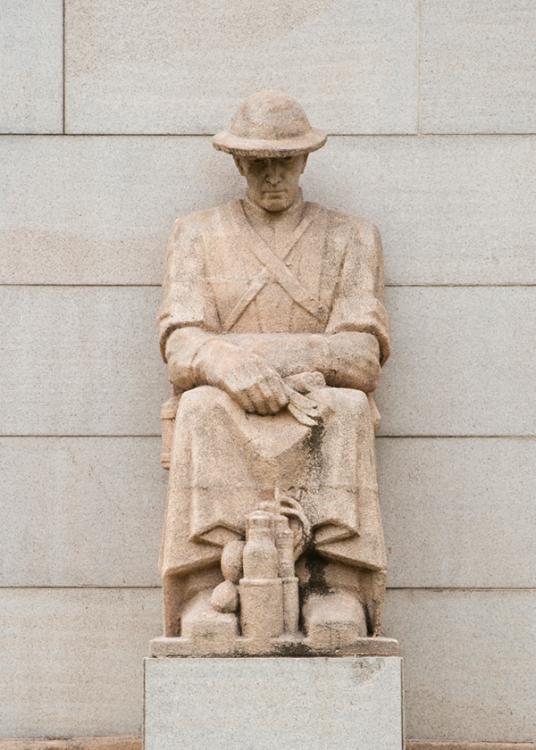Our surgeon is operating close to the battlefields of the Western Front
He is wearing a gown and rubber gloves and has an anaesthetic kit between his feet, yet his steel helmet and water bottle show that he is within range of enemy fire.
The new weapons and massive battle casualties suffered during the Great War taught the medical services that sophisticated care was required as close to the front line as possible if wounded soldiers were to survive.
Mobile medical units staffed by skilled surgeons who could provide expert treatment for badly wounded soldiers located themselves closer to the battlefields than in any previous war.
Explore surgeon 3D model
